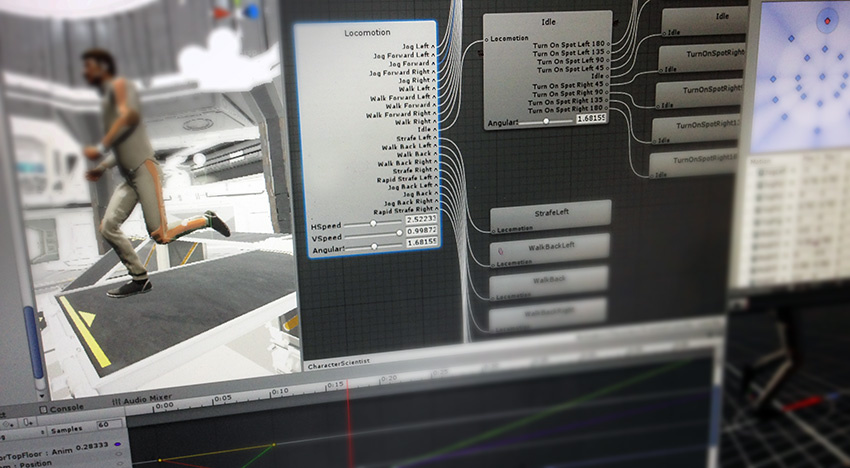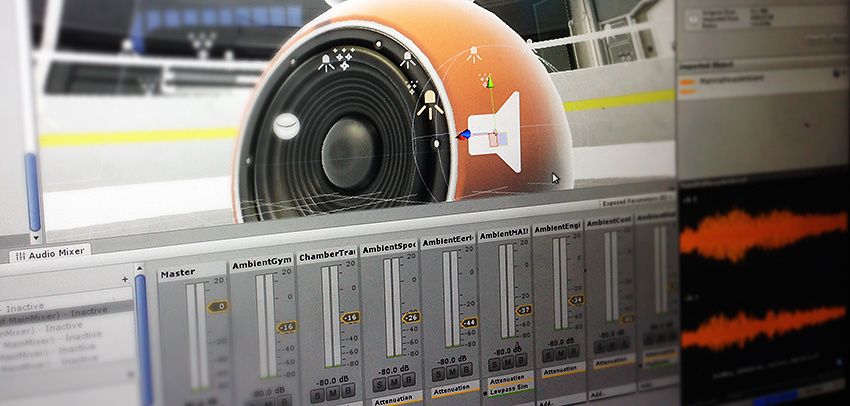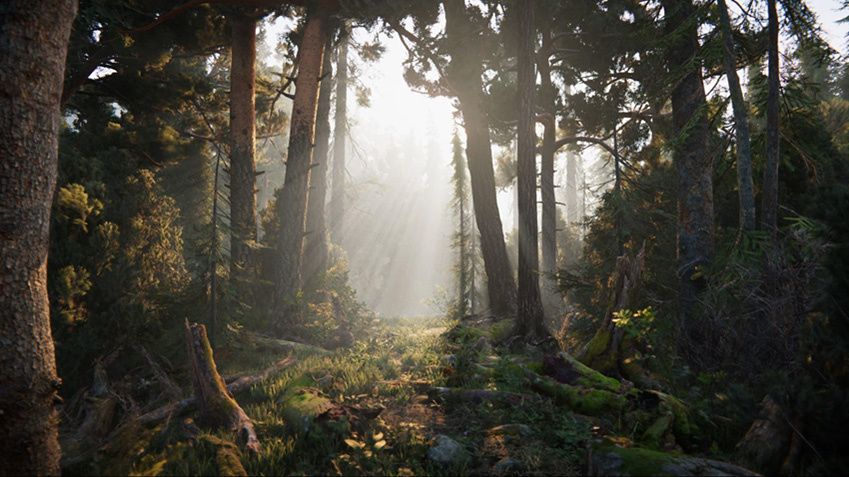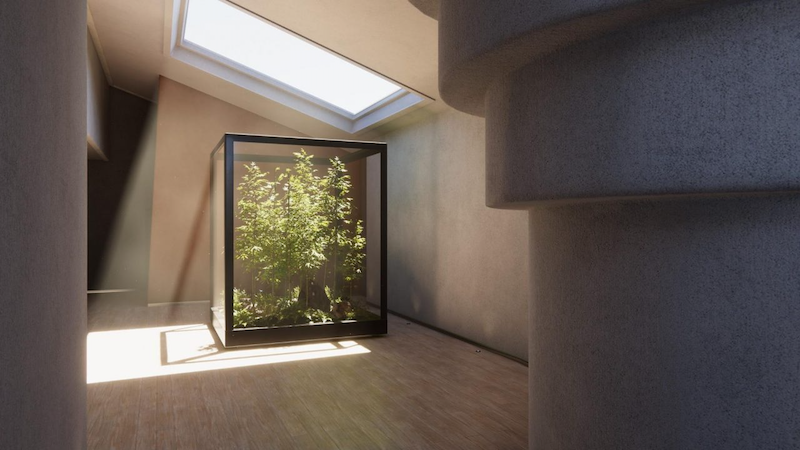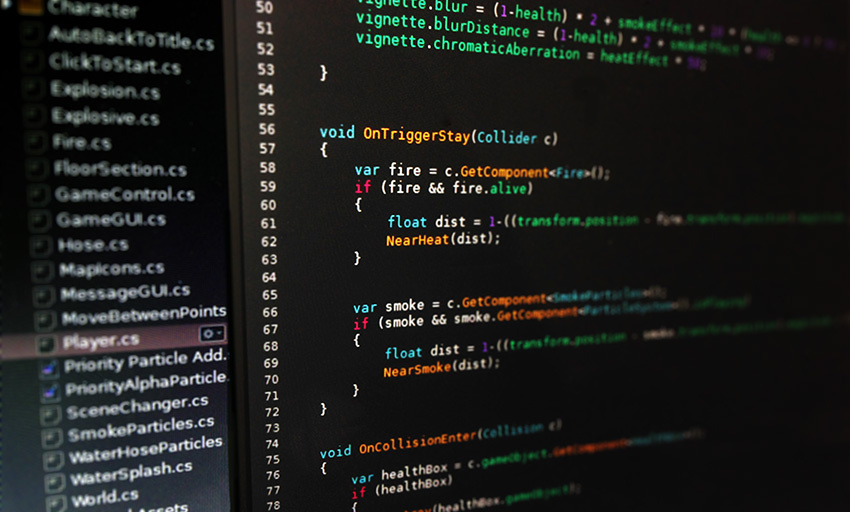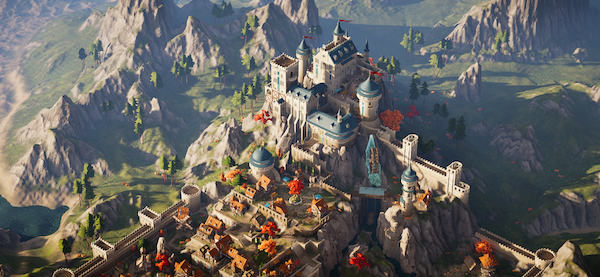
Boost rendering performance
Elevate your scenesA Scene contains the environments and menus of your game. Think of each unique Scene file as a unique level. In each Scene, you place your environments, obstacles, and decorations, essentially designing and building your game in pieces. More info
See in Glossary with scalable, captivating visuals using the latest advances in rendering, lighting, and visual effects.

Multiplayer game creation
Simplify multiplayer game creation with Unity’s multiplayer packages and services

Expand multiplatform reach
Build better experiences for mobile platforms, including a newly optimized runtime for mobile browsers, and get the latest multiplatform advances for all supported platforms.
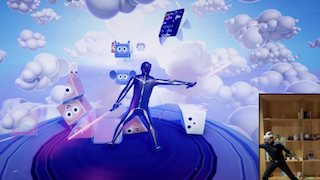
Unlock possibilities with Runtime AI
Unlock new possibilities with Runtime AI powered by Sentis, and create dynamic experiences across all Unity-supported platforms.

Achieve more engaging visuals
Create more engaging visuals with the latest updates to Lighting, Graphics performance and profiling, Shader Graph, and Visual Effect Graph.
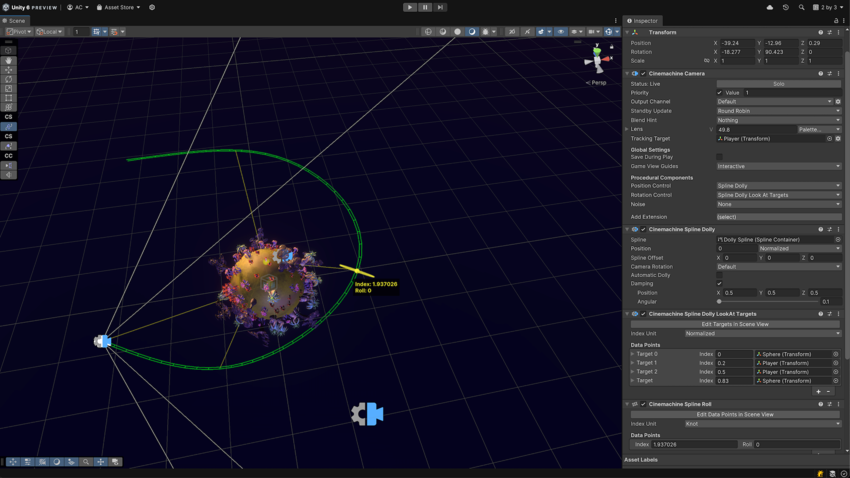
Enhance productivity and functionality
Improve productivity and functionality across your entire Unity development environment with better profiling options, ProBuilder, Cinemachine, and UI Toolkit.
